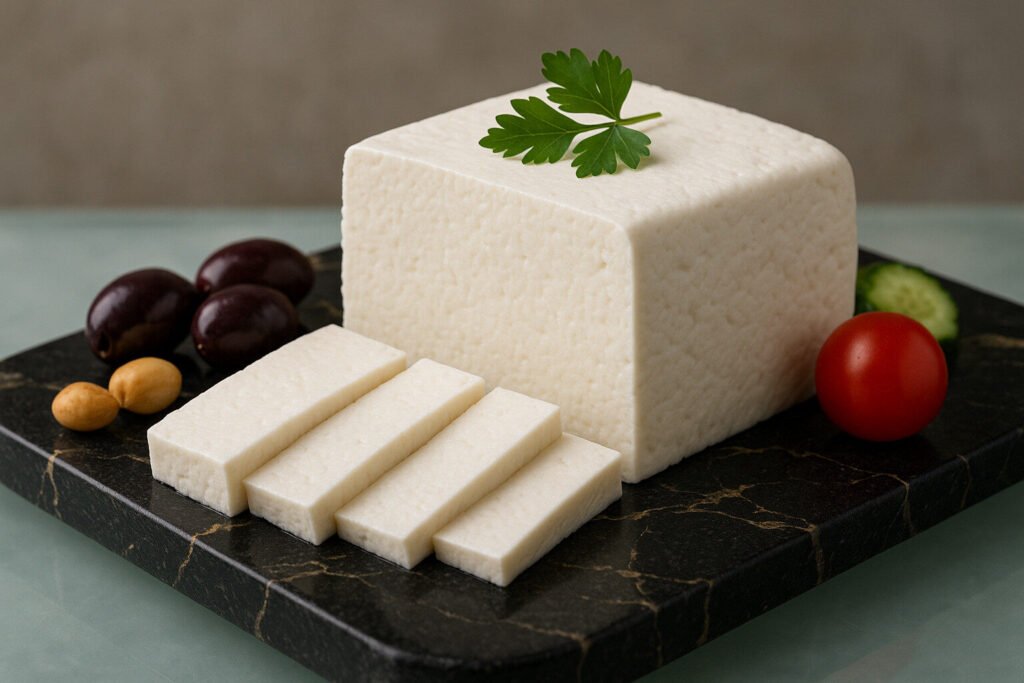Non-Meltable Cheese
Definition and Scope
Non-meltable cheeses are defined by their resistance to melting under standard heating conditions. This category includes varieties like halloumi, paneer, and queso blanco. Their structural integrity when heated makes them distinct from meltable cheeses such as cheddar or mozzarella.
The non-melting property stems from specific production methods that limit protein breakdown. These cheeses are often consumed fresh or lightly cooked, maintaining their shape and texture. They are popular in cuisines where grilled or fried cheese is desired without a liquid melt.
Production Techniques
Non-meltable cheeses are typically made by heating milk and adding acid or rennet to coagulate it. The curds are then pressed to expel whey without undergoing extensive aging. This minimal processing preserves the cheese’s firm, rubbery texture when exposed to heat.
High cooking temperatures during production denature proteins, preventing them from flowing when reheated. Some varieties, like halloumi, include mint and are brined for preservation. The absence of melting is a deliberate outcome of these controlled manufacturing steps.
Sensory Profile
Non-meltable cheeses offer a firm, springy texture that resists softening even when cooked. Their flavor profiles range from mild and milky in paneer to salty and tangy in halloumi. These cheeses do not develop a sticky or runny consistency upon heating.
The mouthfeel remains chewy and cohesive, providing a satisfying bite in hot dishes. Aroma notes are generally fresh and lactic, with brined types having a sharper scent. Their sensory characteristics make them ideal for applications requiring structural integrity under heat.
Culinary Uses
These cheeses are favored for grilling, frying, or baking without losing form. Halloumi is commonly pan-fried or grilled until golden brown, served as a standalone dish or in salads. Paneer is a staple in Indian curries, where it simmers without dissolving into the sauce.
Non-meltable cheeses also work well in kebabs, sandwiches, and as meat substitutes in vegetarian cuisine. Their ability to hold shape makes them suitable for cubing or slicing before cooking. They provide protein-rich additions to hot meals while maintaining distinct textural presence.
Regional Examples
Halloumi originates from Cyprus and is protected under European Union geographical indication. It is traditionally made from sheep’s or goat’s milk and has a signature squeaky texture when bitten. This cheese is integral to Mediterranean and Middle Eastern cooking.
Paneer is a fresh cheese from the Indian subcontinent, often prepared at home using lemon juice or vinegar. Queso blanco and queso fresco are Latin American varieties used in dishes like arepas and enchiladas. These regional examples highlight the global appeal of non-meltable cheeses in diverse culinary traditions.

